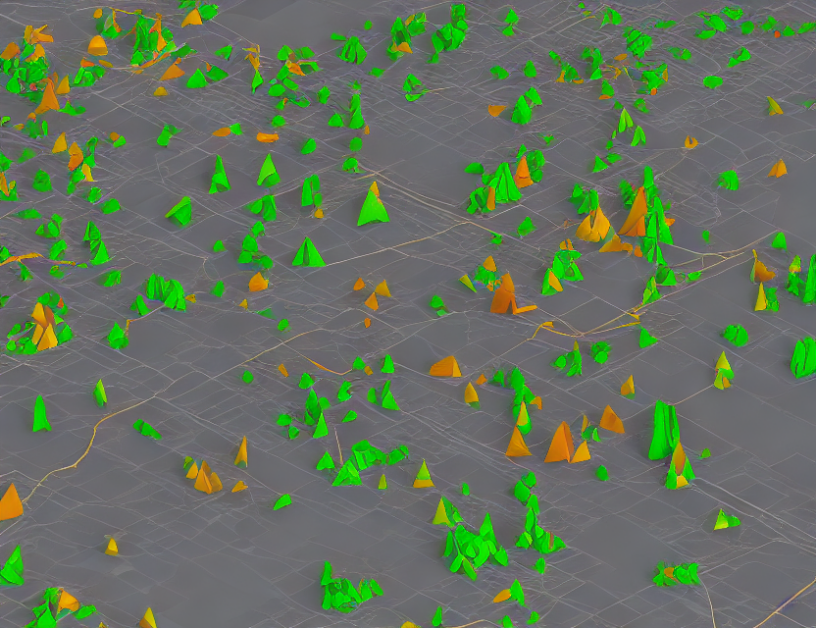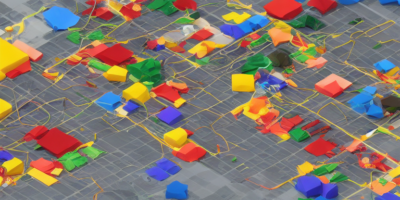The paper’s goal is twofold: to offer a general theoretical framework that can accommodate various data-driven regularization methods, and to provide a comprehensive setup for analyzing generalization errors in learned reconstruction techniques. The authors hope to stimulate more attention on these topics and inspire further extensions.
Theory
Section 2 lays out a broad formulation of learned reconstruction approaches, while Section 3 delves into the statistical learning realm, providing the necessary coordinates to describe this paradigm.
Existing Techniques
Section 4 offers a limited review of existing methods, without exhaustively categorizing them. Instead, the authors provide general guidelines to help readers envision the main trends in literature within the scope of the proposed framework.
Generalization Errors
Section 5 introduces and clearly formulates the theoretical goals motivating the paper’s main results. The authors focus on quantifying the ability of learned operators to provide good estimates when tested on unseen inputs, which is crucial for generalization. This section also connects these concepts with statistical learning literature.
5.1 Targets and Errors in Statistical Learning
To understand generalization errors, it’s essential to demystify the term "target." In machine learning, a target refers to the expected output or solution for a given input or problem. Think of it like trying to hit a bullseye on a target range; if you miss, you have to adjust your aim accordingly. Similarly, in learned reconstruction methods, the goal is to find the best approximation of the target using available data. However, there’s always some degree of error, which is what we aim to minimize through regularization techniques and generalization estimates.
Conclusion
In conclusion, this paper provides a comprehensive framework for analyzing generalization errors in learned reconstruction methods, helping to bridge the gap between theory and practice. By understanding the targets and errors in statistical learning, readers can better appreciate the importance of careful regularization techniques that ensure good generalization performance.



